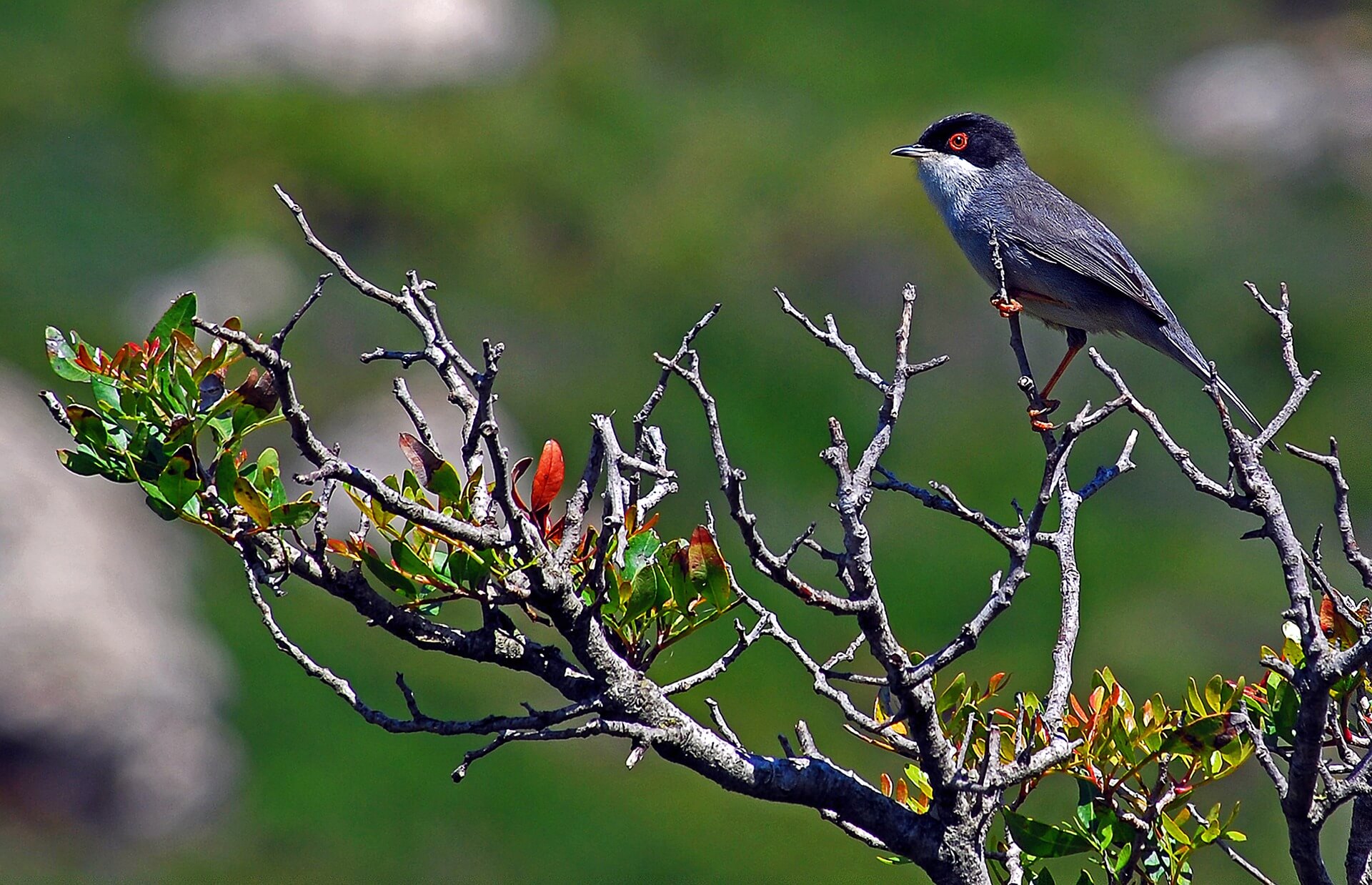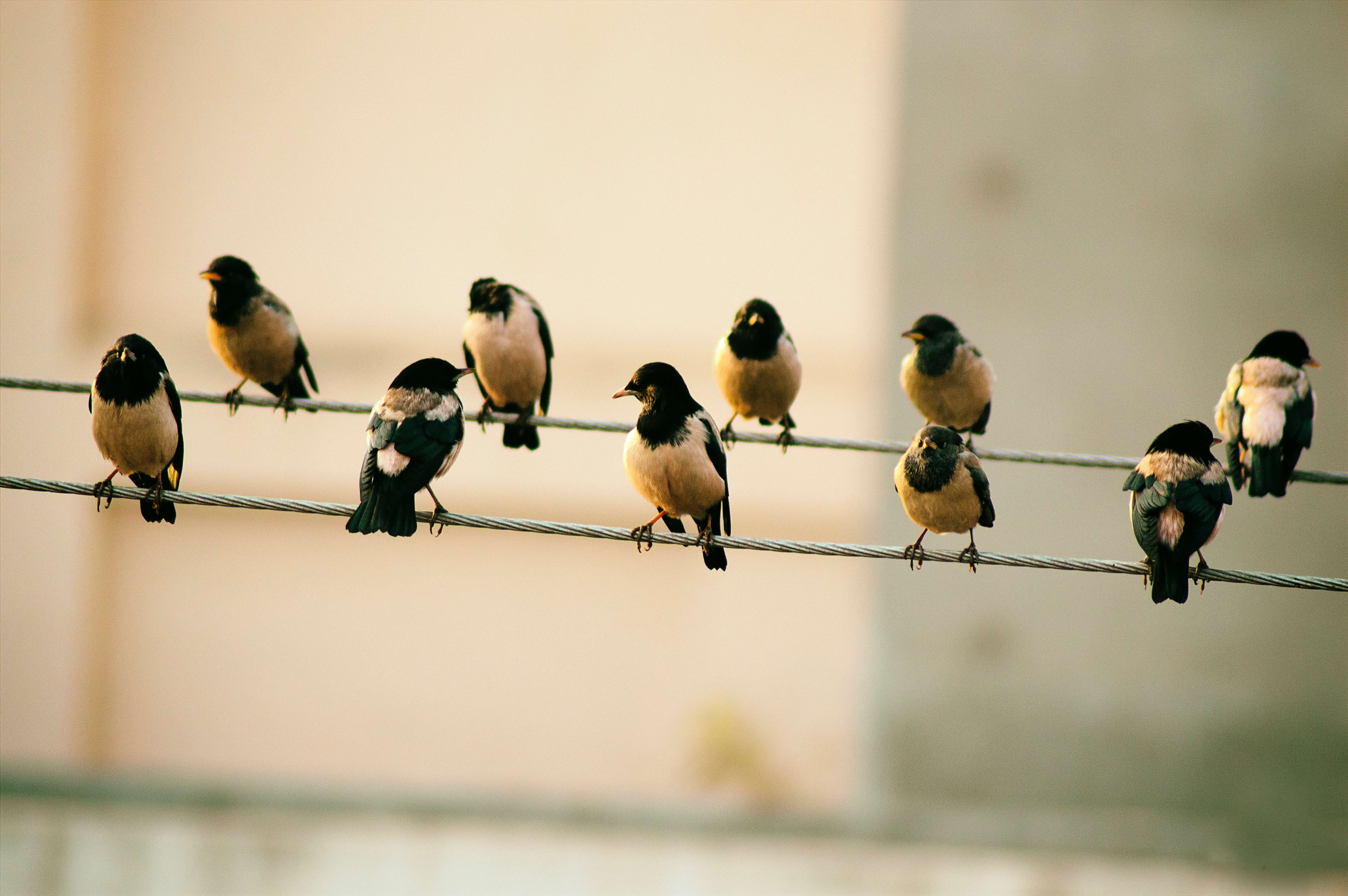“If only birds spoke like humans,” wrote Naomi Shemer, but they don’t. The good news is that with a little patience and curiosity even we can feel like Dr. Dolittle. OK, so we won’t speak exactly like the animals, but we can definitely understand their language. Asaf Ben-David says that if we listen to them attentively we will discover that birds’ patterns of communication are not much different from ours.
Those who roam around in nature can learn from the birds’ language when a predator is approaching and even where to find a nearby source of food. This fact has been known to people from different cultures. The Bedouin in Sinai, for example, avoid hunting wheatears because they know that their flocking indicates the presence of snakes nearby. The fascinating thing is that those same patterns of communication that we use to understand human communication can help us understand the language of birds, says Ben-David.
We are all fascinated by birds singing, but how can we understand their language? Song birds continuously examine their surroundings.














